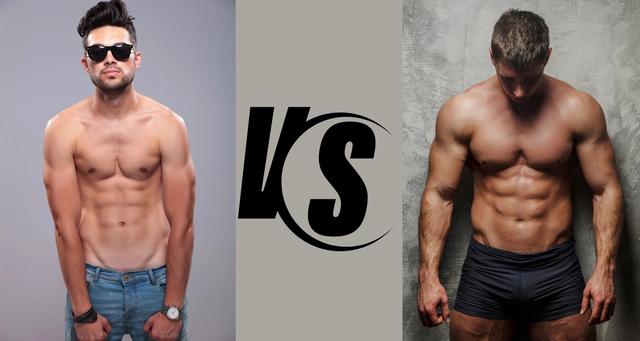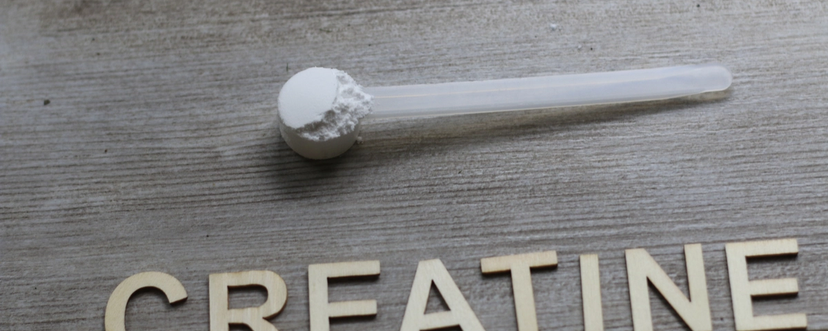
7 Variations of Chest Stretches to Add to Your Routine
After an intense chest workout, your muscles might be sore and in dire need of stretching. A well-rounded stretching routine can be a great way to alleviate any residual soreness from your last workout and improve flexibility. Whether you’re an athlete, fitness enthusiast, or simply looking to improve your posture, incorporating chest-opening stretches into your routine can offer all sorts of benefits.
These seven chest stretches are designed to help you stretch your chest, each allowing you to achieve varying depths in each stretch. Add a couple to your chest post-workout routine for optimal results.
The Importance of Stretching
Stretching is important both before and after exercising. It’s a good idea to take a few minutes to breathe through a few stretches after your warm-up (but before the workout) and after you finish your workout. After you’ve warmed your muscles, you can achieve a deeper stretch, which can offer an assortment of benefits, including:
Improved Flexibility
Stretching can increase your flexibility over time. It doesn’t happen overnight, but with consistency and time, you can achieve more flexible muscles in your chest. This can reflect well through your workouts, allowing you to take advantage of a greater range of motion and boost your muscles’ ability to retain strength at longer lengths.
Increased Range of Motion
An increased range of motion, courtesy of a killer stretching routine, goes hand-in-hand with improved flexibility. Stretching extends the muscles of your chest, slowly decreasing stiffness in those areas. Over time, your regular stretching routine can help you achieve an increased range of motion in various chest exercises, such as bench press or chest fly.
Stimulate Blood Flow
Sore, tight muscles can lead to poor blood circulation, reducing blood flow to your aching muscles. This can lengthen the time it takes you to recover after a particularly tough workout. Luckily, stretching can help. It causes your muscles to contract and relax as you move through each stretch, which can help improve blood flow to the area, thus alleviating the soreness in those muscles.

7 Stretches to Target Sore Chest Muscles
If your chest is feeling tight or sore, stretching might be just what you need to loosen the muscles of the area. Here are a few variations to try:
1. Rear Elbow-to-Elbow Stretch
This stretch requires a bit of mobility through the chest, shoulders, and arms, but can be an excellent way to elongate sore chest muscles. To start, let your arms hang at your sides with your shoulders pressed down and away from your ears.
When you’re ready, bring your arms behind your back, bending at the elbows. Grasp the opposite elbow with each hand, letting one forearm sit atop the other. Gently squeeze your shoulder blades together, grasping your elbows to feel the stretch through your chest.
2. Wall or Doorway Chest Stretch
This bent-arm stretch allows you to use a nearby wall or doorway as leverage to achieve a deeper stretch through each side of your chest separately. Start in a split stance with the end of a wall or doorway on your left side. Your right leg should be a step forward from your left, giving you more balance and leverage.
Lift your left arm to shoulder height, bending the elbow at 90 degrees. Place your palm on the wall or doorway, letting your forearm and part of your bicep rest on the wall. Gently press your chest through the open space to feel the stretch through your pectoralis muscles.
3. Lying Side Chest Stretch
This stretch allows you to hone in on each side of your chest and even includes the shoulders. To do it, start on a yoga mat, lying face down on your stomach. Bring both arms out to your sides, creating a “T” with your body.
When you’re ready, use your left arm to push your body over, rolling onto your right side. As you roll onto your side, you should feel the stretch through the right side of your chest. Adjust the movement and depth of stretch by bending or straightening your right arm. Use your left arm for balance.
After 15-30 seconds, return to the starting position and repeat on the other side.
4. Scorpion Chest Stretch
The scorpion pectoral stretch is just like the lying side chest stretch, but it takes things a level up by deepening the rotation and stretching through the chest. Follow the same steps as the lying side chest stretch.
Once you’re in position and stretching the right side of your chest, lift your left leg and bend the knee. Place the left foot behind you on your right side. The added rotation should deepen the stretch through the right side of your chest.
Hold the pose for 15-30 seconds, then repeat on the other side.
5. Above-the-Head Chest Stretch
This stretch is perfect for loosening the chest and upper back after hours of sitting. You can complete it either sitting or standing. Start by interlocking your fingers behind your head, elbows bent to allow your interlocked fingers to rest at the base of your skull.
Sit up straight, contracting your core while gently squeezing your shoulder blades together and pushing your elbows backward. You should feel the stretch through your chest.
6. Behind-the-Back Chest Stretch
For some with limited mobility, this stretch might be tricky. If you don’t feel comfortable doing it, try a different stretch on this list. If you feel comfortable trying it, start in a standing position. Interlock your fingers together behind your back. Rotate your shoulders, pushing your chest forward to feel the stretch.
7. Extended Child’s Pose
Child’s pose is often used as a relaxing closing position, designed to help you calm down and bring your heart back to its normal rhythm after a workout. However, if you add an extension to it, it can be a good stretch for your chest.
Start in a child’s pose with your knees hip-width apart. Sit back onto your heels as much as you can, arms extended in front of you. When you’re ready, push through your fingertips to lift your arms from the ground and feel the stretch through your chest. If you’d like, you can move the stretch to one side or the other to feel the elongation through your latissimus, too.
Make the Most of Your Stretching Routine
Stretching can be a great addition to your routine, helping to alleviate soreness and bounce back from intense workouts. While stretching the chest can be somewhat of a challenge, there are multiple options that achieve varying depths of stretching. Choose whatever works best for you and your fitness journey.
If you’re not sure what stretches are safe for your needs or fitness level, chat with a personal trainer. They can help craft a stretching routine that prioritizes safety at your fitness level while allowing you to reach a deeper stretch. Plus, they can curate the rest of your program to align with your stretching goals and other fitness goals, whether you’re trying to lose weight or improve your aerobic fitness.
Frequently Asked Questions
How Do You Stretch Your Chest?
You can stretch your chest in various ways. There are all sorts of stretches, such as the elongated child’s pose or scorpion chest stretch, that can help elongate sore chest muscles and offer relief.
Can You Foam Roll Your Chest?
Yes, you can foam roll your chest, but it can be a bit trickier than larger muscles, like the quads or hamstrings. Like any other area, you’ll slowly roll the muscle over the foam roller to help relieve soreness and tension.
Does Stretching Help With Chest Muscle Pain?
Yes, if your muscles are feeling sore after a workout, stretching can help loosen them up and relieve that pain. Just a few minutes of stretching and holding each pose for 15-30 seconds can make a significant difference in your soreness level.
How Long Should I Stretch My Chest For?
When stretching your chest, you should hold each pose for about 15-30 seconds. You don’t have to stay there too long, but you should hold the pose long enough that your muscles have time to elongate and loosen.
Is Stretching a Good Thing?
Stretching isn’t good, it’s great! It offers all sorts of benefits, from improved flexibility, better range of motion, and even reduced soreness in your muscles! It’s an excellent addition to a well-rounded workout routine.
Why Does Stretching Make My Muscles Feel Better?
Stretching can make your muscles feel significantly better, especially if you’re dealing with soreness and pain. It improves circulation to the area, which helps those muscles receive more oxygen and kick metabolic waste products to the curb. This helps alleviate soreness, making your muscles feel much better.
Is It Okay to Stretch Sore Muscles?
The prospect of stretching sore muscles might not sound very fun. After all, those areas are sore, so why bother them? In actuality, it’s a great idea to stretch sore muscles. Gentle stretches can help boost blood flow to the area and assist in the breakdown of built-up lactic acid, which contributes to your soreness. So, if you’re feeling particularly sore after a tough workout, help your muscles by gently stretching them.
Start your Svetness journey today
Get a free consultation and see how our trainers can transform your wellness journey.





